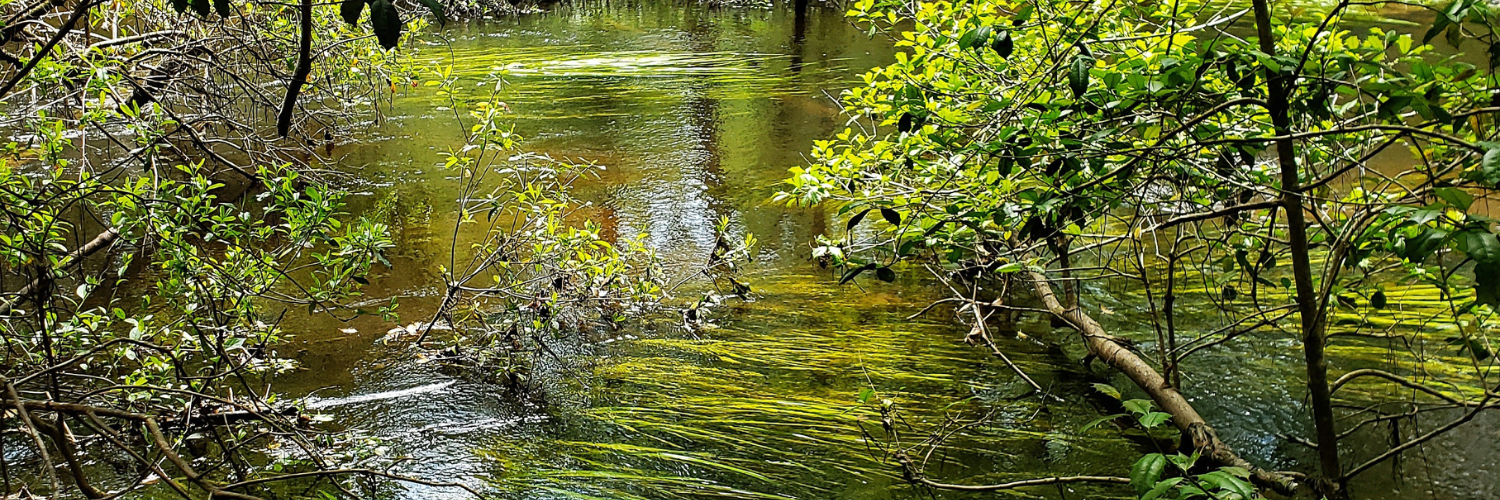Remediation

Since the early 1980s, Savannah River Ecology Laboratory (SREL) has been a trailblazer in remediation research, an expansion stemming from its growth in environmental chemistry and grounded in its long-standing ecological expertise. This shift has led to the development of groundbreaking technologies aiding the U.S. Department of Energy and its contractors in cleaning up contaminated aquatic and terrestrial systems at the Savannah River Site.
SREL’s research has yielded numerous publications and several patents, marking significant advancements in novel and improved remediation strategies. The focus has been on eco-friendly and minimally invasive techniques, including phytoremediation, in-situ immobilization of soil contaminants, and manipulation of subsurface processes to enhance the reduction and oxidation of groundwater contaminants.
SREL’s laboratory studies delve into the intricacies of groundwater chemistry and surface reactions, vital for understanding and improving wide-field scale remediation efforts. Collaborations with various on-site and off-site partners enable SREL to support the DOE in devising remediation methods that are both efficient and cost-effective, significantly mitigating the ecological impact of contaminated sites. This research positions SREL at the forefront of environmental restoration and remediation technology development, evaluation, and implementation.
